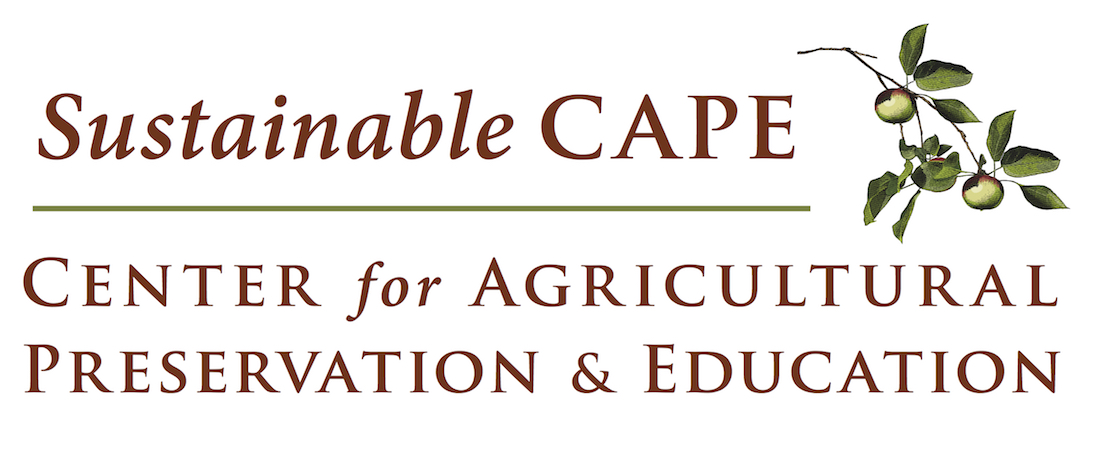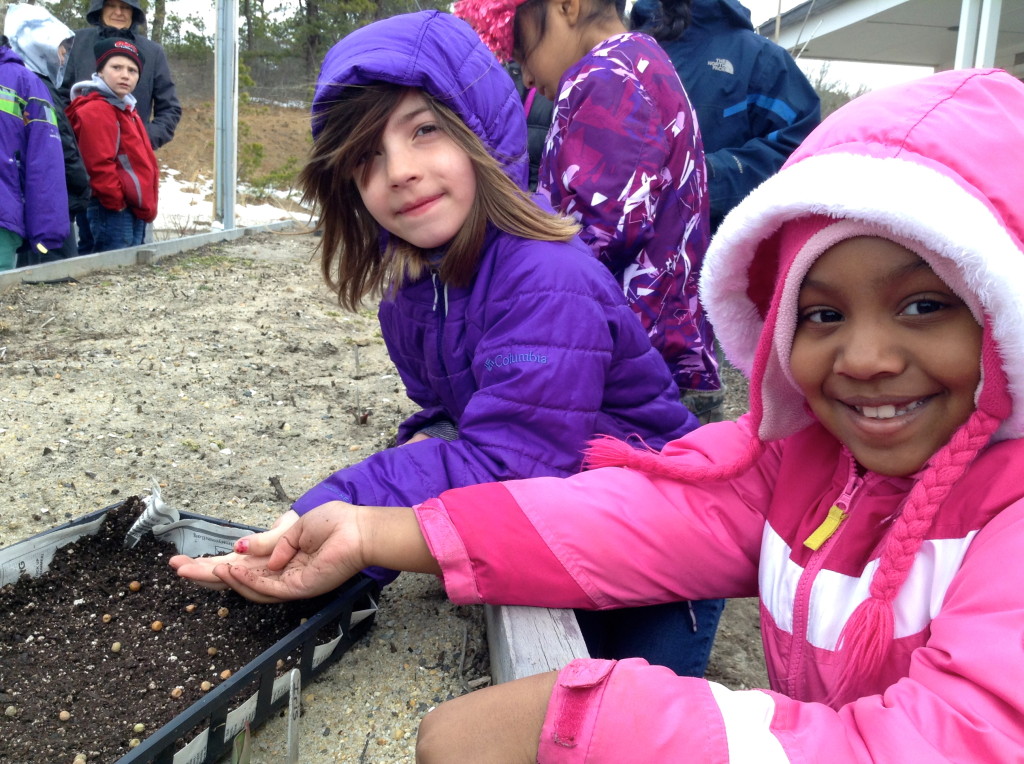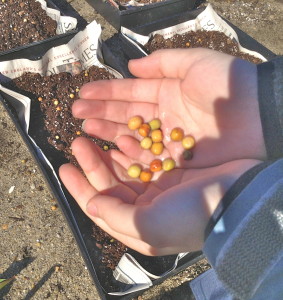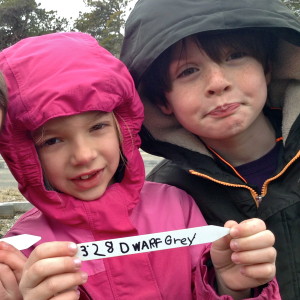How Small Things grow into Big Change
There’s something about small hands with little seeds that bring on big smiles. Children’s gardens are magical places – places of learning, excitement and joy. For kids – and adults lucky enough to participate – they give a reason to play in the dirt, outside in the sunshine (or rain). A children’s garden is a fertile patch of soil that we share and sow, witnessing the miracle of growth again and again.
We started this season planting seeds. Pea seeds to be specific, but also seeds of knowledge and understanding. We learned about giving our seeds space to enable them to grow to their fullest potential. Like young minds. And by linking the garden to our cafeteria’s lunch program, to school lessons, to our physical health and to the health of the soil, water, sun and the world around us, we demonstrate that we are all interconnected. Though we planted pea seeds for our first lesson, our hope is to nurture compassion, connection and change.
Our seed of choice for an early spring garden: Peas.
The children will grow pea seedlings for micro greens in large open trays. When harvested, by snipping off the stems in bunches, the school chef will put these micro greens into salads and stir-fries. Individual plugs will be used for growing seedlings that will be planted in the outside garden in a few weeks. We started with a general discussion of seeds:
- We guessed what kinds of seeds Farmer Stephanie held up: Fennel, sunflower, echinacea, burrs, birdseed, corn (grows on a cob and needs to move to grow!)
- We brainstormed ideas on how seeds spread around – or disperse – in the natural world: Wind was a ready response. A second grade boy gleefully pointed out, “Birds eat the seeds, fly away and poop… the seeds plop down in the poop!” (LOTS of giggling). Burr type seeds attach to bunnies and other creatures until the seeds get scratched off.
- We learned that popcorn (a seed) pops because it has a lot of water inside that expands then explodes as it heats up.
- We talked about that to grow and survive, each seed needs plenty of space, sunshine, water and food (healthy soil). Just like us!
We then took a large bin of potting soil, plastic trays and our (soaking) pea seeds outside and went to work!
Equipment:
- Organic potting soil
- Large waterproof bin
- 32 ounce plastic containers
- Pea seeds (micro green pea seeds placed in glass jar and soaked 24-34 hrs in H2O)
- Water
- Plastic trays and Plugs (1 inch holes for individual seeds)*
- Garden labels (craft popsicle sticks work) and permanent marker
- Plant Sprayer
*Saved plastic containers, etc. which can be substituted as long as the sides are 3 inches high
Directions:
- Dump potting soil into bin (fill about half way).
- Gradually add water-keep stirring to make sure all the water is fully absorbed. Consistency of soil when done should be spongy.
- Children scoop soil from bin and dump into trays-fill to top of tray.
- Soil should be spread evenly over the top.
- Each child was given 4 seeds to plant. Splitting into 2 groups, they formed lines, each taking a turn to place seeds in the soil.
- For micro greens, individual seeds are placed over the entire surface area then soil was sprinkled on top of the seeds to completely cover them.
- For plugs, each child pointed the index finger and pushed down to make a 1 inch hole, then one pea was placed in each hole. We had each child poke 4 holes.
- Gently pat the soil over each tray once the seeds are covered.
- Each tray was labeled with the type of pea seed and the planting date.
- Trays placed on window sills and are watered daily.
- As plants emerge they can be measured and children can design “Growth Charts”.
Benefits:
- Children learn about types of seeds and the propagation of each form and the conditions necessary for seeds to grow.
- Children learn how various “players” in the ecosystem and natural world contribute to new growth and successful continuation of life.
- Math lessons in counting (the number of seeds) and measuring (as the plants grow)
- The concept of taking small steps and working together toward big goals (planting tiny seeds to grow enough produce for the school’s cafeteria)
- Working with moist soil is great exposure to new touch experiences.
- Pea seeds are large enough to hold with a pincer grasp to enhance fine motor dexterity.
- Spacing the seeds accurately enhances spatial awareness.
- Labeling allows for practice with documentation and writing.
This post reflects the partnership and creative collaboration between The Motor Story and Sustainable CAPE.



